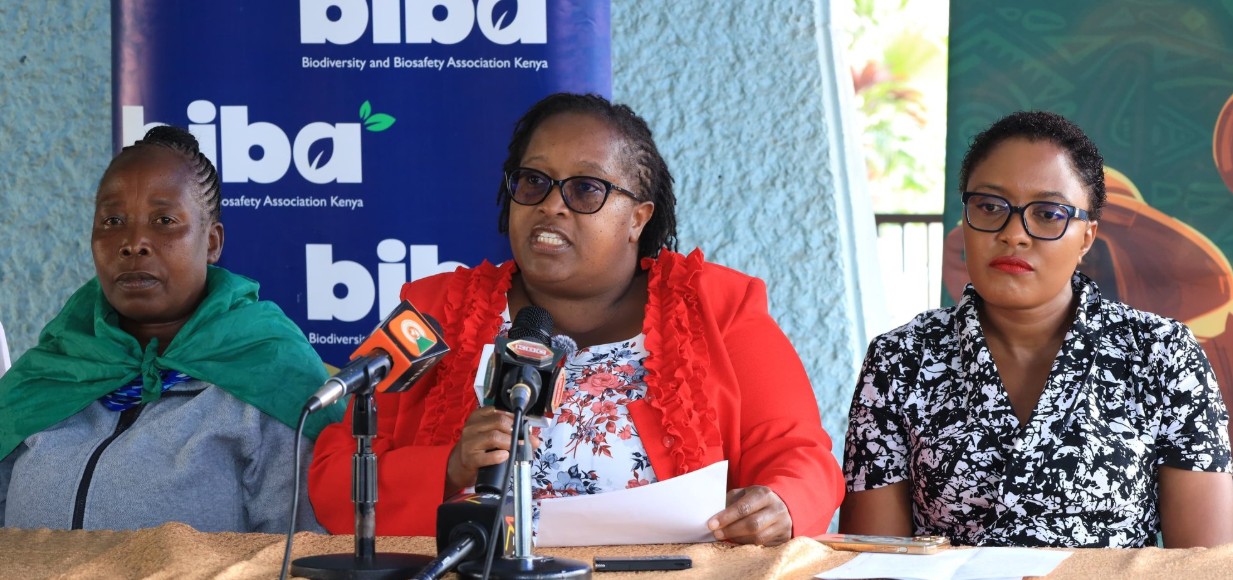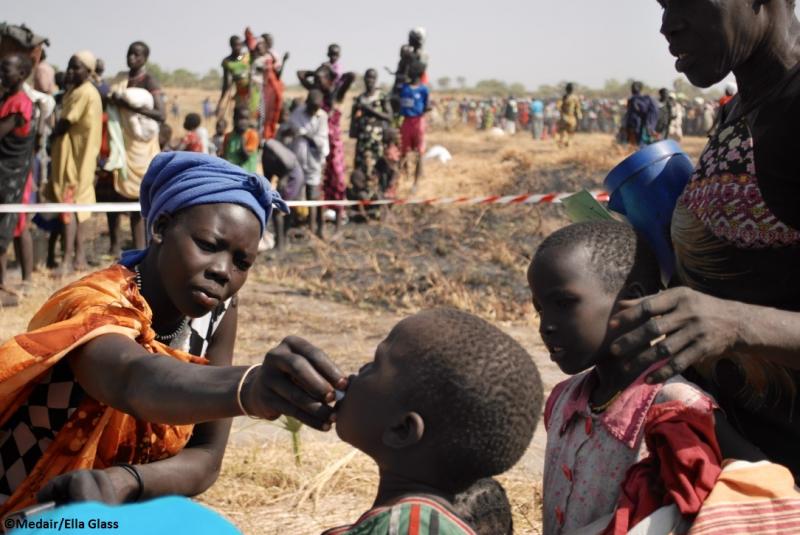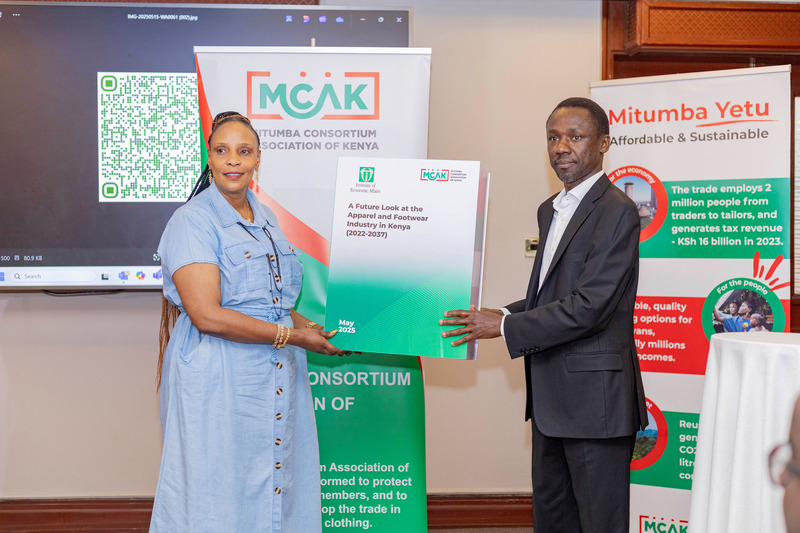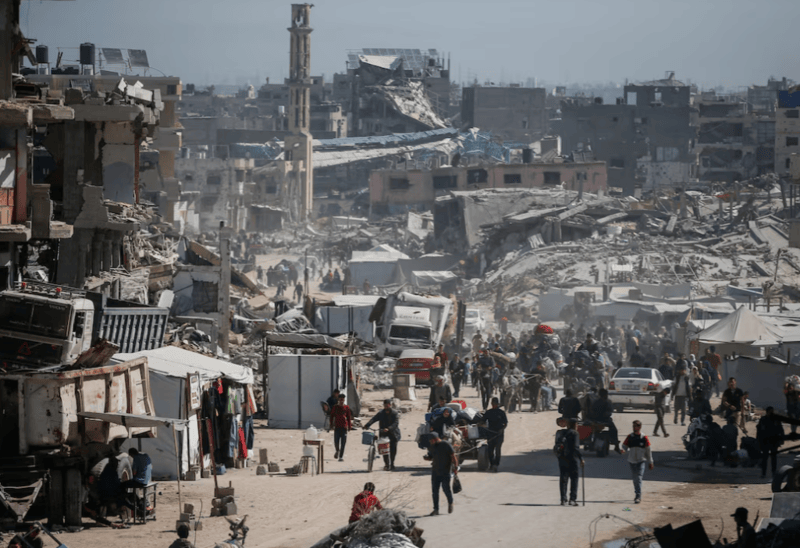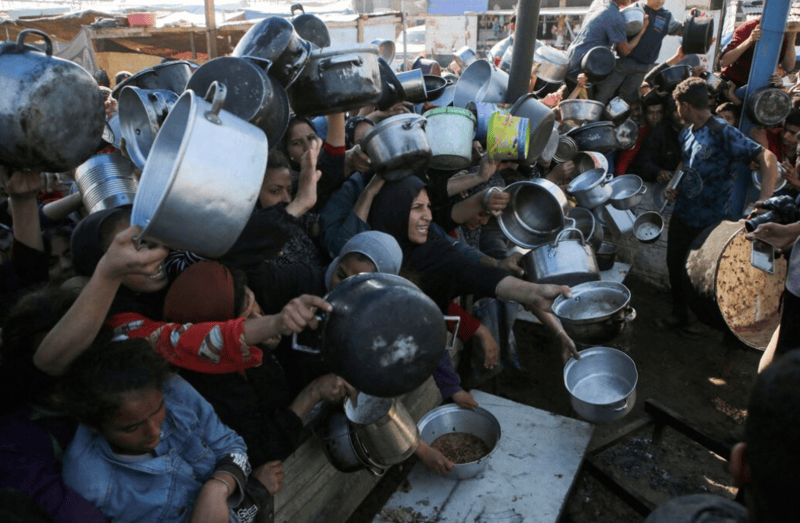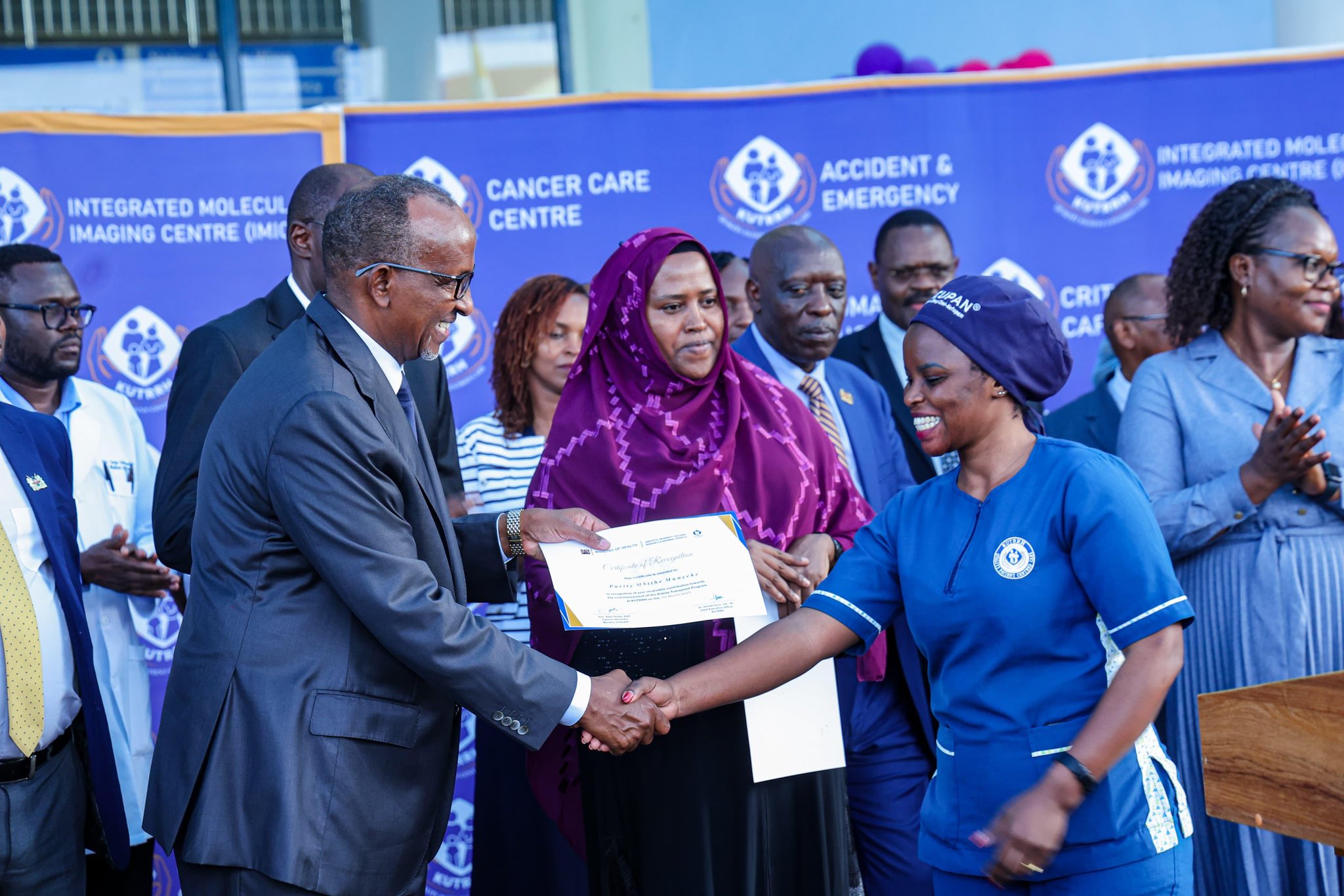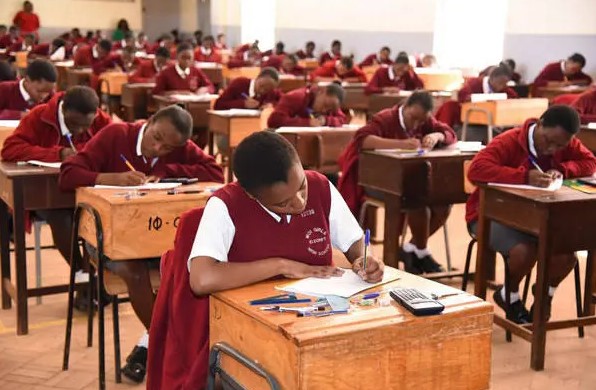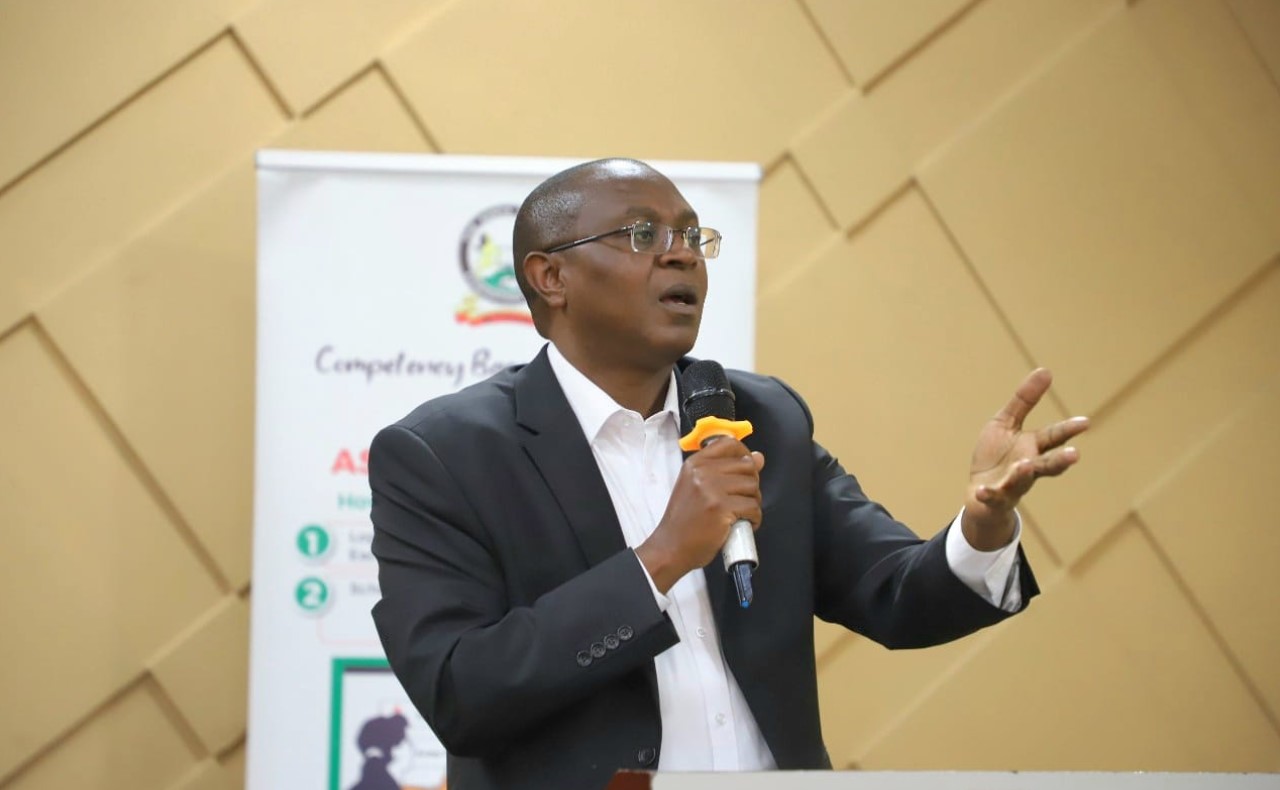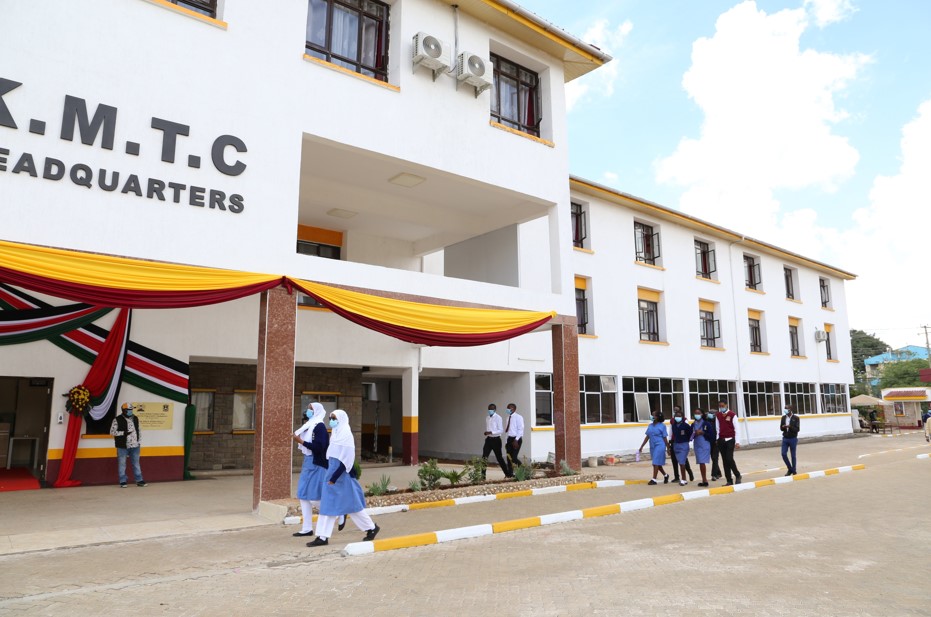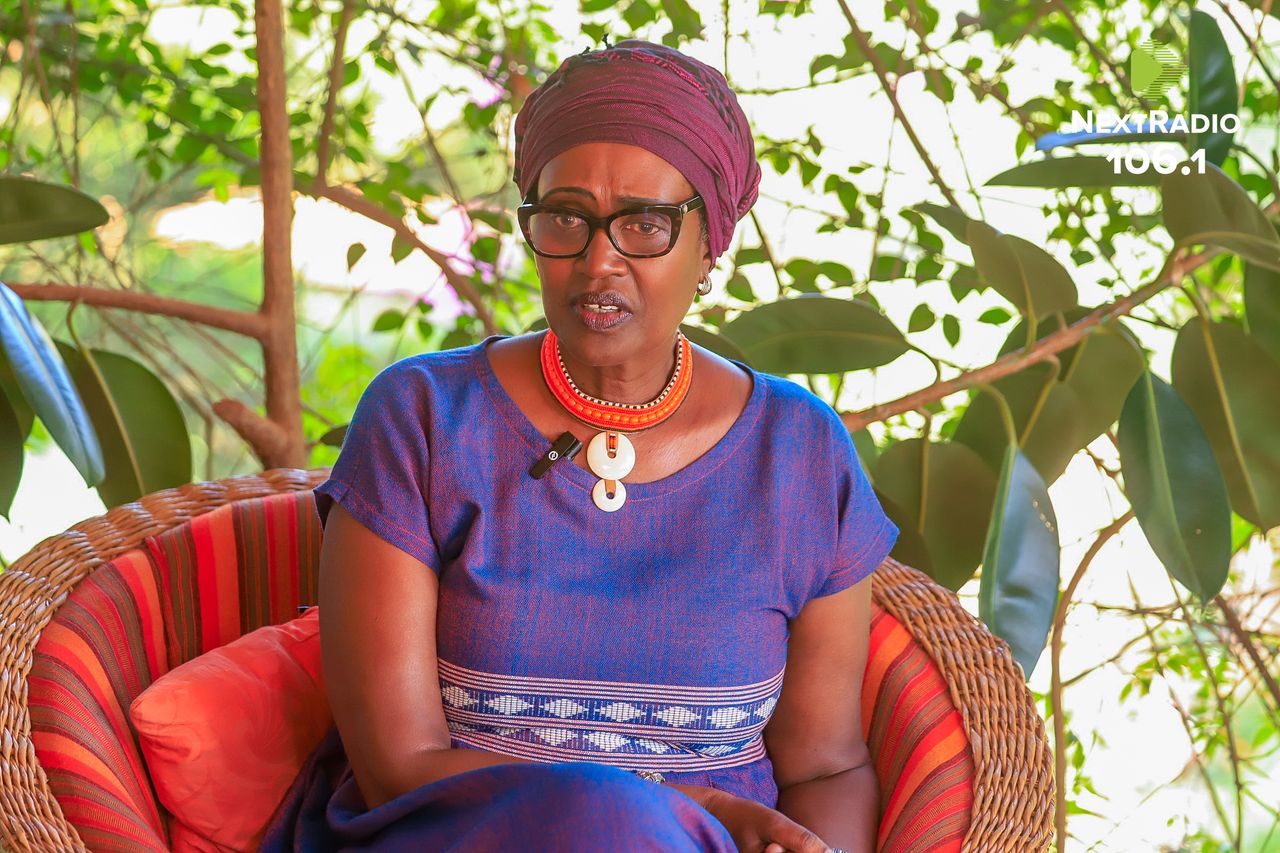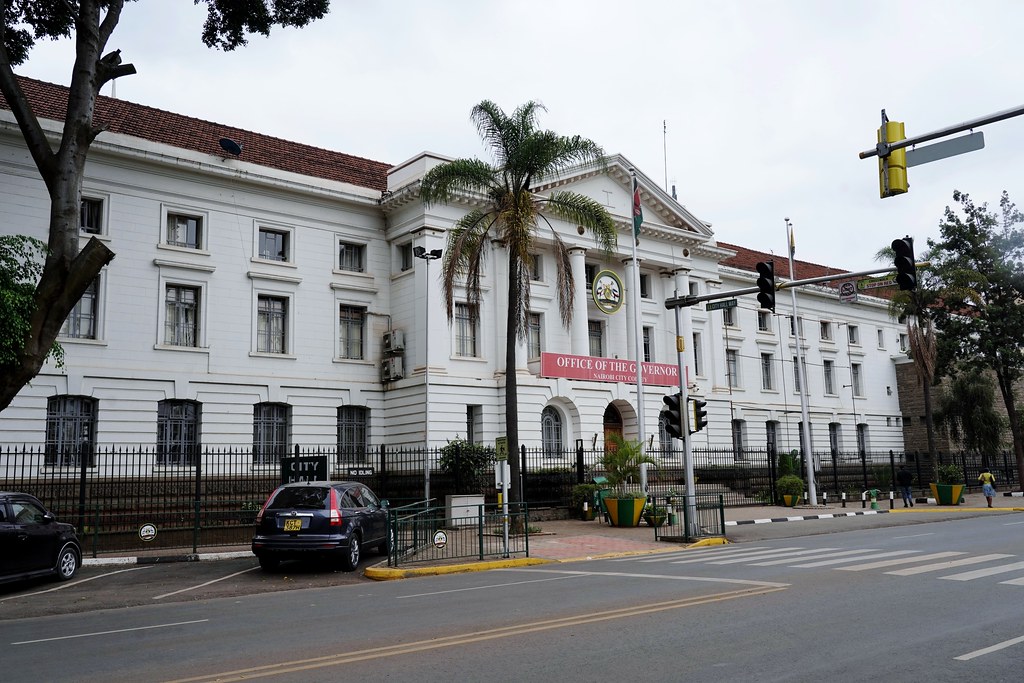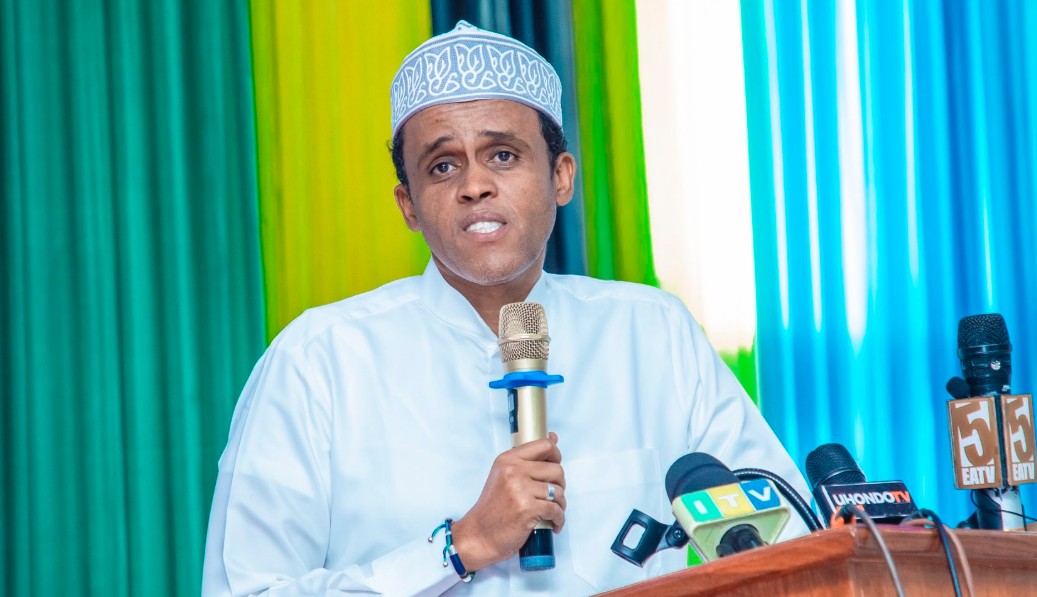Nearly 4.6 million people in Somalia face acute food insecurity due to reduced humanitarian aid, UN warns
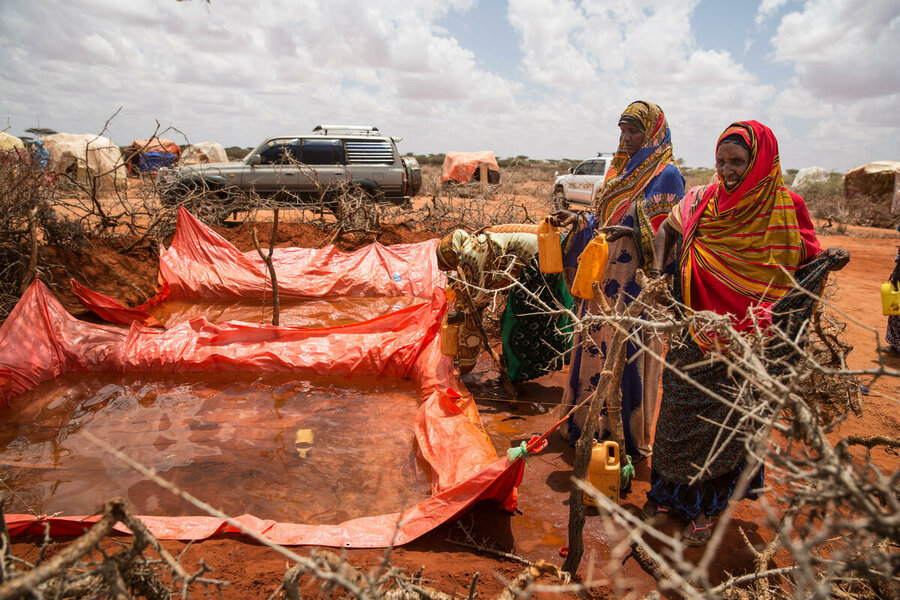
The report further estimates that over 230,000 new IDPs will be displaced between April and June, with conflict and drought being the primary drivers.
Food insecurity in Somalia is set to deepen, with nearly 4.6 million people expected to face acute food insecurity between April and June 2025, according to a United Nations report released on Monday.
The updated Integrated Food Security Phase Classification (IPC) analysis highlights a troubling increase in the number of people in need, with 784,000 individuals projected to be in emergency conditions and 3.8 million more in crisis conditions.
More To Read
According to the report, the latest analysis shows a worsening of food insecurity compared to previous projections, which estimated 4.4 million people would face food insecurity in the same period.
It notes that the crisis is exacerbated by several key factors, including poor rainfall during the Gu season (April- June), rising food prices and ongoing conflict and insecurity, particularly in areas like Banadir, Baydhaba, and Luuq.
“This increase in food insecurity is directly related to reduced humanitarian funding, which has significantly impacted aid delivery to vulnerable populations,” the IPC said.
The IPC adds that the reduced funding has led to a sharp decrease in the coverage of humanitarian food and cash assistance, especially among internally displaced persons (IDPs), who are already dealing with the compounded challenges of displacement due to drought and conflict.
IDPs
The report further estimates that over 230,000 new IDPs will be displaced between April and June, with conflict and drought being the primary drivers.
The International Organisation for Migration (IOM) and the Danish Refugee Council (DRC) also noted that areas like Hargeysa, Buuhoodle and Borama have seen significant increases in displacement due to the escalating violence and environmental factors.
The humanitarian situation is also dire for children, with an estimated 1.8 million children under the age of five expected to suffer from acute malnutrition, a sharp rise from the earlier projection of 1.7 million.
The report attributes the increase to reduced humanitarian interventions, including the suspension of feeding programs and health services in 16 districts. These areas, including Guban and Addun pastoral zones, are expected to see a deterioration in malnutrition levels, with some regions seeing a shift from serious to critical conditions.
“Health facility closures, the suspension of therapeutic feeding programs, and the reduced coverage of essential services due to funding cuts are expected to lead to a significant increase in child mortality and malnutrition,” the report states.
The situation is further complicated by limited access to safe water and sanitation services, which will likely exacerbate the spread of waterborne diseases, placing even more strain on the already vulnerable population.
With conflict and environmental challenges showing no signs of easing, the report notes that Somalia faces a precarious future unless increased international aid and support are provided to address both the immediate and long-term needs of its people.
Top Stories Today
